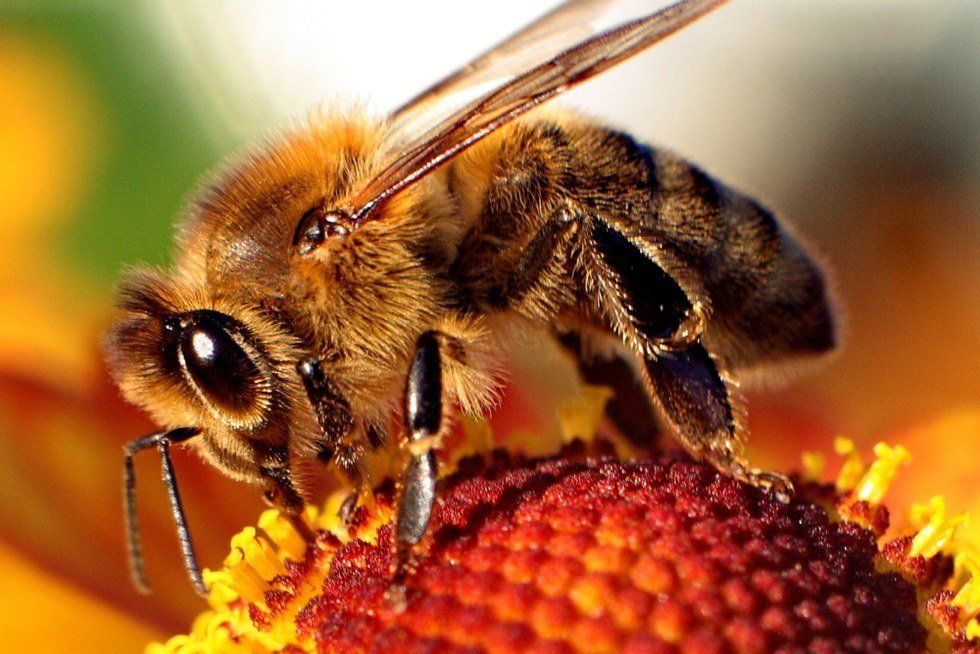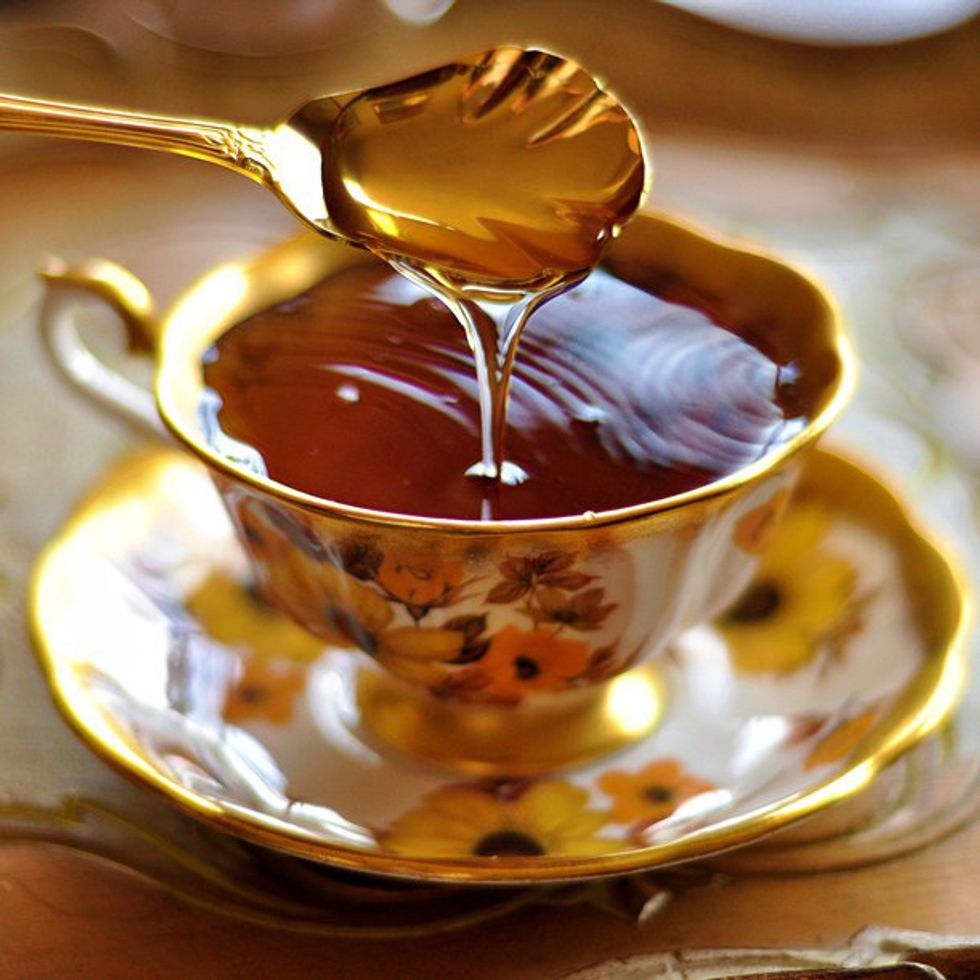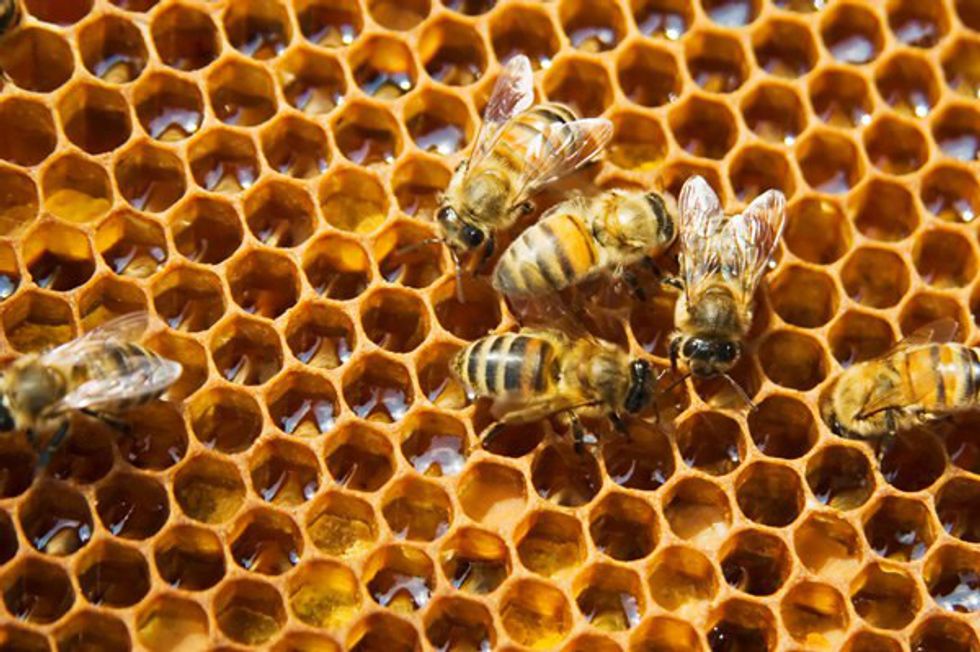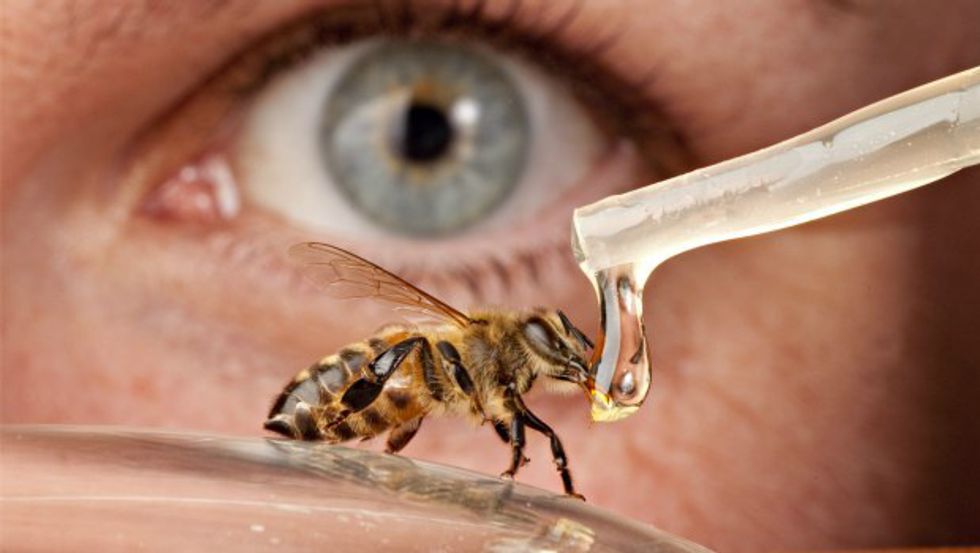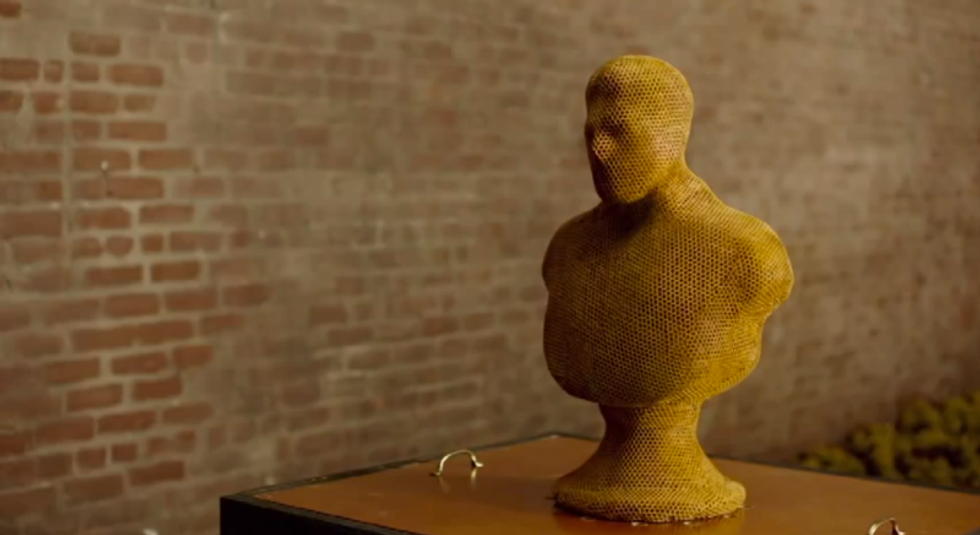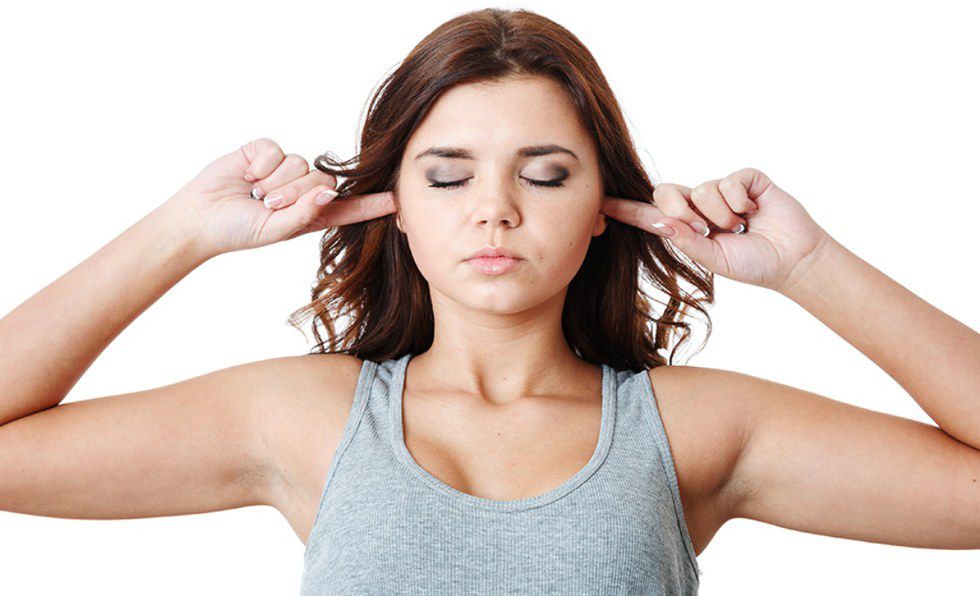Bad news, SCAD – our mascot just got placed on the endangered species list for the first time in history. Recently, news sources have reported that seven types of bees native to Hawaii have been marked as endangered and scientists are speculating how this could lead to the disappearance of other North American bee populations. If you’re about to swat away this environmental news, think again because bees are pretty much superheroes when it comes to keeping planet Earth in tip-top shape and do more than a few favors for humans.
To begin with, these stinging ‘nuisances’ represent billions of dollars in value to the U.S. agricultural department. According to Greenpeace, bees are crucial in manufacturing the growth of fruits, nuts and vegetables: “Bees are responsible for pollinating $15 billion worth of just US crops and 200 million pounds of UK crops … In fact, one study claims the global economic loss if bees disappeared would be $5.7 billion annually.” This devastating news is made even more serious when considering the U.S. has already lost half its bee population over the 20th century. In particular, the varieties of now endangered yellow-masked bees are responsible for pollinating many of Hawaii and Maui’s endangered native plants. Greenpeace also reported that bees can help us predict storms and bee products like honey, bee venom and royal jelly are proven to help fight cancer. And to really drive the point home, did I mention that one out of every three bites you put in your mouth has been pollinated by honeybees? Let’s face it, if you thought Hurricane Matthew caused enough damage, just imagine what the world would be like without bees.
Now that you know the practical implications of losing our buzzing bosom buddies, it’s time to take into account the creative impact bees also have on art, health and beauty. Because even though bumblebees aren’t the most intimidating college mascot – especially in SCAD Atlanta when our neighbors are the Georgia Tech yellow jackets – we should be proud that SCAD President and Co-Founder Paula Wallace branded the most hardworking art students in the South as the most influential insect in existence.
Honey
Image courtesy of Smithsonian Magazine.
If fruit is nature’s candy, then you bet honey is the closest nature’s come to liquid gold. This delicious super-food not only sweetens your tea and biscuits; but can also be the answer to making everyday cosmetic or health-related habits easier. For hygienic purposes, raw honey can serve as an excellent organic face cleanser or even substitute shampoo. Honey is also a key ingredient for concocting great home healthcare remedies such as herbal honey cough drops, homemade sports drinks or even ointment for cuts and burns. In addition, a teaspoon of honey per day is proven to help lower blood sugar, reduce seasonal allergies (think about those endless clouds of pollen come springtime) and even help you achieve a good night’s sleep. Let’s face it, what can’t honey do? For even more ingenious uses for honey, check out this compact list of beauty and healthcare life hacks.
Beeswax
Image courtesy of www.neotorama.com.
Apart from showing off bees’ mathematical brilliance, the perfectly-rendered hexagonal honeycomb is a natural treasure trove for household and cosmetic industries. Found in the honeycomb, beeswax is typically a staple ingredient in most cosmetic items: from lip balms and baby products to sunscreen and hair-coloring elixirs. Around the house, you’ll find beeswax comes in handy for unsticking drawers, as a furniture polish and to prevent bronze from tarnishing. In the arts, honey can be used for making jewelry, candles and crayons as well as for glass etching, egg painting in the Ukrainian folk art Pysanky and dying fabric for the Indian art of Batik printing. In fact, beeswax has proven to be so versatile that this website compiled 101 uses for it.
Apitherapy (Medicine made from honeybee products)
Image courtesy of Apitherapy News.
Alternative medicine has even jumped on the bee bandwagon by endorsing apitherapy, or healing techniques utilized from bee products. According to the American Apitherapy Society, this obscure practice has actually been around since ancient Egypt, Greece and China. Bee products like honey, pollen, beeswax, royal jelly (nurse bee milk), propolis (“bee glue”), bee bread (honeycomb-stored pollen) and bee venom have had phenomenal success as antiseptics, cancer and arthritis treatments and even veterinary aids. Specifically, studies have shown that bee venom from bee stings can actually build up protection against allergies – so lovers of the 1991 coming-of-age film “My Girl” can rest easy at night … in theory at least.
‘3-B’ Printing – Creating Beeswax Sculptures
Image courtesy of Gizmodo.
Didn’t expect to see this on the list, right? It turns out that several artists have taken advantage of bees' ability to produce honeycomb to create contained beeswax sculptures. These artists first build a mold of their sculptural design out of glass, plastic or aluminum and sometimes coat it with a thin layer of beeswax to attract honeybees. The bees are then released inside the mold and artists and beekeepers team up to make sure nature’s hardest workers build their honeycomb walls in the right pattern and form for the sculpture. One of the most successful ‘bee artists’ is Slovakia native Tomas Libertiny who has been developing bee artwork over the last ten years. Check out this amazing roundup of the best bee sculptures produced by “nature’s 3-d printers.”
Meditation (“Bee Breath”)
Image courtesy of yoga.com.
Believe it or not, bee buzzing has actually inspired yogis and meditation professionals to find their center and let go of worries. This form of stress release is a breathing exercise called Bhramari pranayama or “bee breath” (Bhramari = type of Indian bee; pranayama = breathing technique). It’s been proven to help stabilize mental well-being by drowning out anger, anxiety and frustration. How it works is you sit quietly with your eyes closed and stick your fingers in your ears. Then, as your breathe out, emit a soft humming noise and repeat the exercise half a dozen times. It may sound crazy, but this buzzing practice comes with many physical benefits such as: relieving headaches and migraines, reducing blood pressure and improving concentration and memory.
As SCAD artists, we can learn a lot about building our craft and taking care of our physical and mental well-being from our friends the bees. Meanwhile, the U.S. can learn from the European Food Safety Authority (EFSA) about spreading awareness for restricting deadly pesticides hazardous to nature’s busiest workers. It may seem unimportant, but the least we can do as SCAD students is take notice of our mascots’ endangered status and think about how our creative abilities could bring back the bees from the edge of extinction. After all, as Paula Wallace always notes at every SCAD graduation: “Once a bee, always a bee.”



